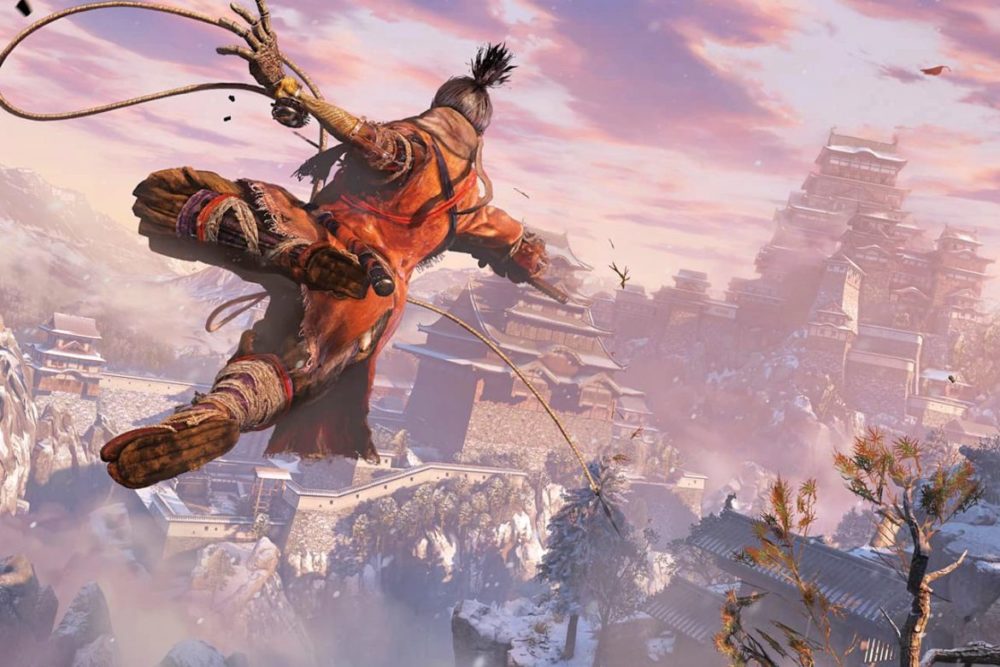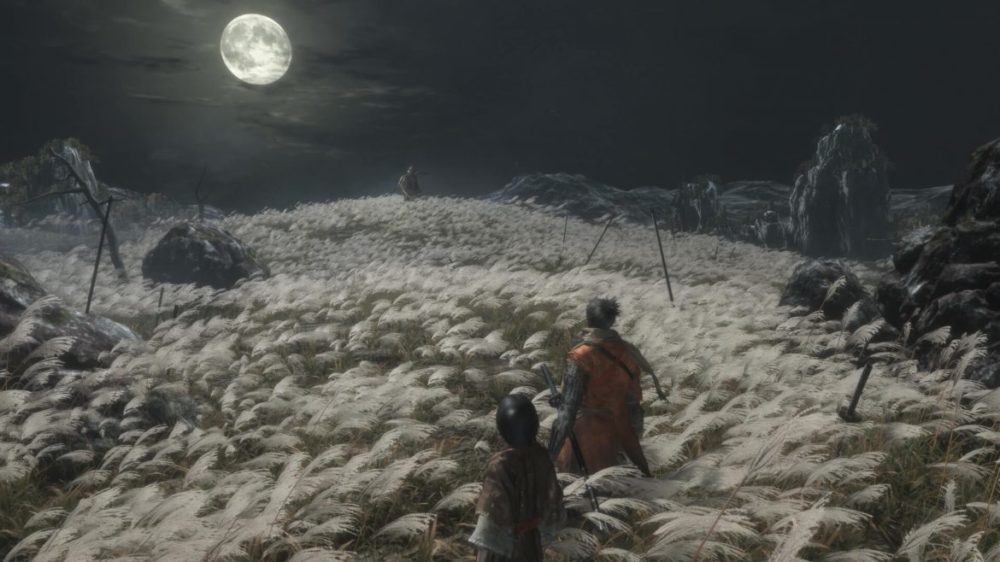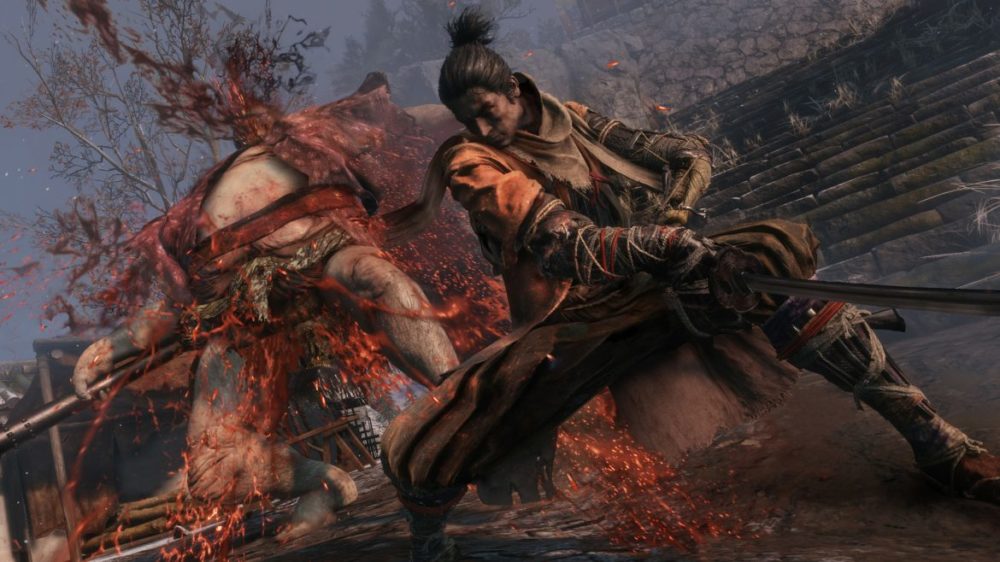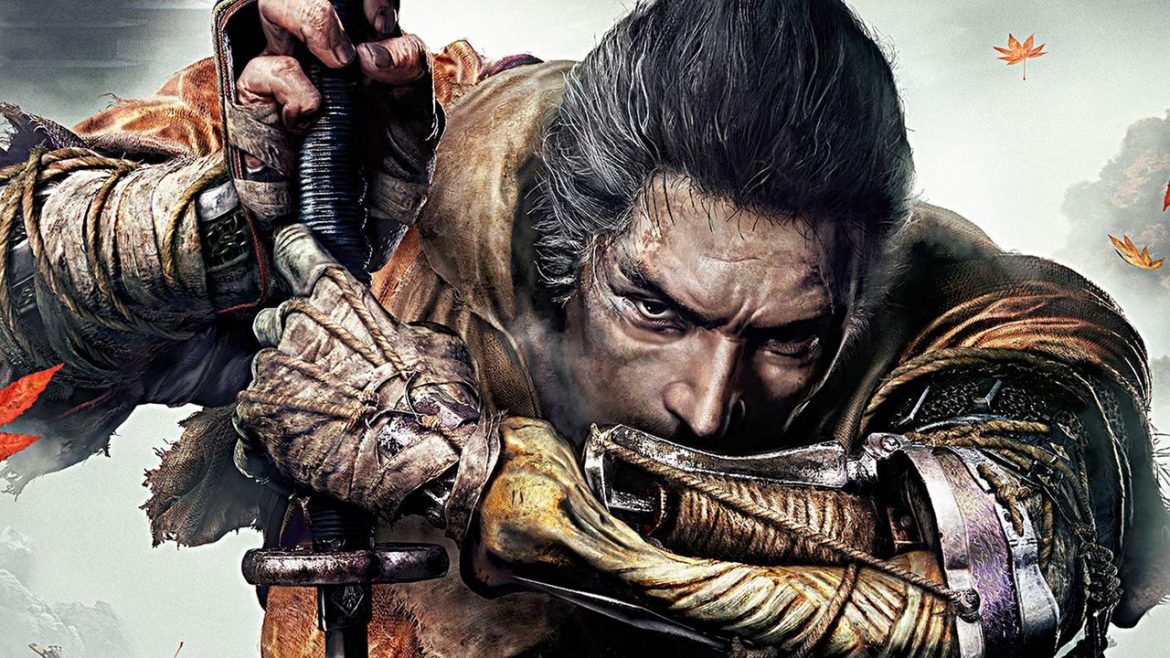TL;DR
Sekiro: Shadows Die Twice takes FromSoftware's signature challenging gameplay to feudal Japan, but with a fresh, ninja-focused twist. You'll master stealth, grapple hooks, and precise combat to overcome formidable bosses, offering a rewarding, high-stakes experience. While visually polished and boasting excellent audio, be aware of some frame-pacing issues similar to past titles. If you crave a demanding, skill-based adventure that rewards perseverance, this could be your next obsession. Dive in to discover if Sekiro's unique brand of difficulty and immersive world can conquer your gaming resolve.
Sekiro: Shadows Die Twice is FromSoftware’s foray into feudal Japan, casting players as a shinobi warrior. Veterans of Dark Souls and Bloodborne will find familiar elements, and those who appreciate FromSoftware’s signature hardcore gameplay will likely find this title appealing. However, even those less enamored with their previous works should consider Sekiro, as it presents unique gameplay mechanics and qualities.
The Dark Souls series boasts a large and dedicated following, largely due to its reputation for challenging difficulty, a characteristic that has resonated with modern gamers. This demanding gameplay often divides players, eliciting strong opinions. The significant challenge makes each accomplishment particularly rewarding, contrasting with the trend of games offering simplified experiences akin to interactive movies.

Players assume the role of the Shinobi warrior “Wolf,” awakening to find one of their arms replaced with a prosthetic. This prosthetic limb functions similarly to that of Bionic Commando, enabling the use of grappling hooks and specialized weaponry, such as throwing stars. Success hinges on stealth, strategic thinking, resource management (both supplies and health), and mastering the attack patterns of both mini-bosses and the formidable main bosses. Sekiro presents a dynamic challenge, demanding both skillful execution and strategic planning. The game allows for moments of agile traversal reminiscent of SEGA’s Shinobi, offering opportunities to dispatch unaware enemies with swift precision. However, it also delivers punishing encounters that require patience and adaptation. Players must be prepared to learn and overcome obstacles, even when the difficulty seems insurmountable.

Sekiro features impressive visuals, arguably representing FromSoftware’s most aesthetically polished title to date. The Xbox One X version exhibits slightly enhanced detail compared to the PS4 Pro, although the difference is minimal. Regrettably, the game exhibits frame-pacing issues similar to those observed in Bloodborne prior to its patch. The game targets 30 frames per second with a variable frame rate; however, uneven frame rendering can create a perceived lack of fluidity despite generally achieving the target frame rate. While these issues are potentially solvable through patching, it is disappointing that FromSoftware continues to grapple with similar technical challenges encountered in previous titles.
Conversely, the audio design is well-executed. The Japanese voice acting is delivered with depth and gravitas, and the soundtrack, coupled with meticulous sound design, significantly enriches the player experience and immersion. Utilizing high-quality gaming headphones, such as a recommended pair, further enhances immersion within the brutal and mythical game world.

In conclusion, Sekiro – Shadows Die Twice shares characteristics with previous FromSoftware titles while simultaneously presenting a distinct identity. The combat system, emphasizing attacks, parries, and posture breaking, felt more intuitive than that of Dark Souls. However, the game presents a significant challenge, particularly towards the latter portion of its 30+ hour duration (unless one opts for a speedrun, potentially completing it in under 40 minutes). Players willing to embrace the difficulty will find a rewarding experience reminiscent of classic hardcore games, which demanded perseverance without the frequent save points and continues prevalent in modern titles. While perhaps not universally appealing, Sekiro offers a high-stakes, satisfying samurai experience for those willing to accept the challenge.

